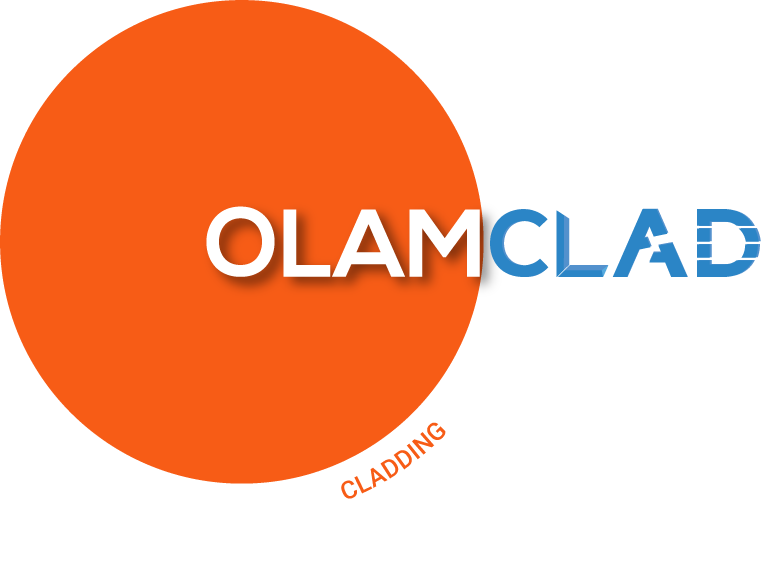OLAMCLAD – CLADDING FOR NEW & OLD BUILDINGS:
With fire spread and combustibility issues in using aluminium composites (ACP) and more recently with the findings on fire propagation & flaming issues with PVC cladding, the crux now lies in using inherently non-combustible materials for cladding.
Solid aluminium material is amongst the most preferred in view of its non-combustible property, non-corrosivity, lightweight & fabrication versatility and sustainability.
Other materials that come to consideration have limitations and limited possibilities; such as Fibre Cement sheet, have up to 10-15 years of dependability, stone cladding is heavy and cost prohibitive, steel has limited design features.
Criteria for material non-combustibility:
The basic criteria lies in the inherent property of material used in construction. Cladding materials should be inherently non-combustible, and architectural aluminium alloy’s 6063 and 5005 / 3003 are inherently non-combustible; i.e, they do not flame, ignite or burn. At elevated temperature, aluminium alloys changes its form by melting, not burning.
The other criteria is in assessing the fire hazard properties in its finished form. OLAMCLAD has done rigorous testing on the finishes and the finished products supplied to end user have met the requirements of building regulations.
Aluminium alloys (extrusions or sheets) are supplied and installed in powder coated / PVDF or anodised form for protection and architectural aesthetics.
With over 14 extrusion cladding suites OLAMCLAD has vast and diverse range to beautify the external look of your project.
